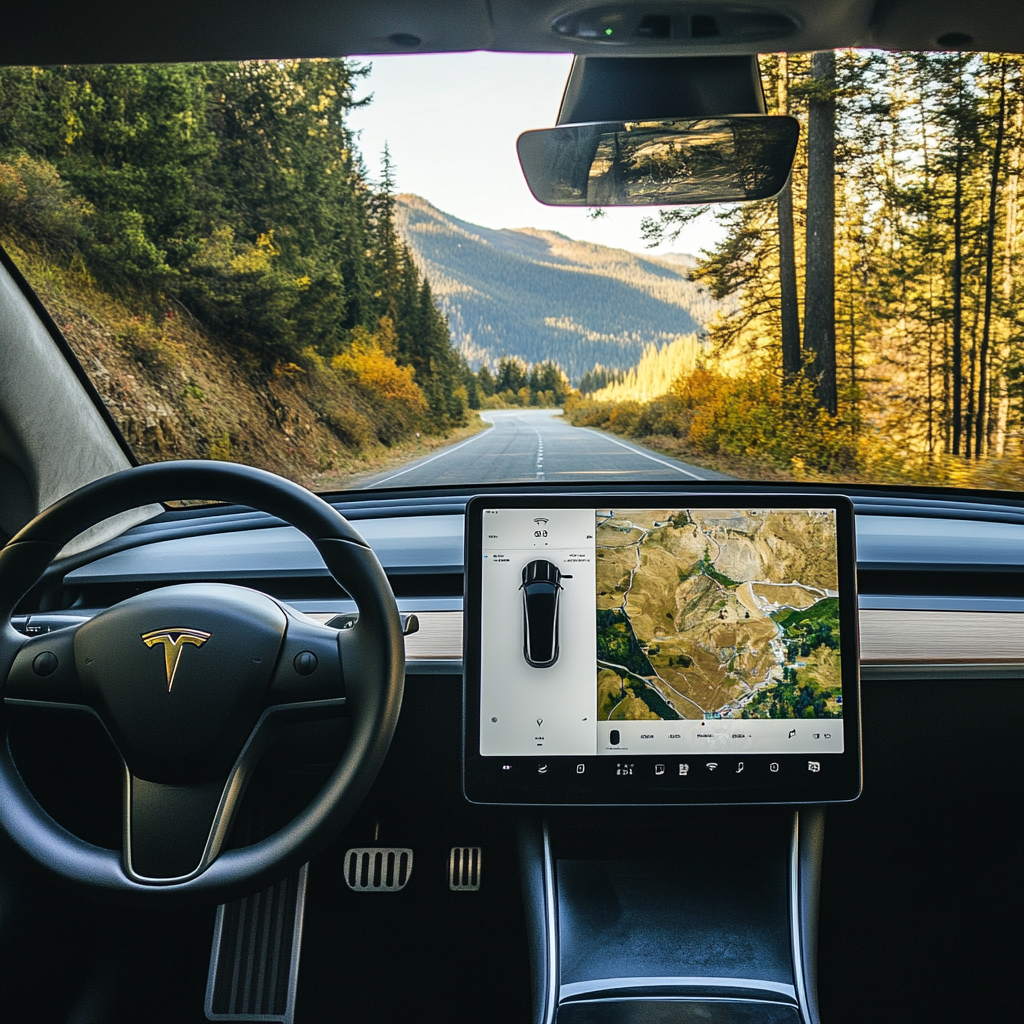
Every time I slide behind the wheel these days, I can’t help but marvel at how far automotive technology has come—and how much even the simplest commute is shaped by artificial intelligence. From the moment you fire up the engine to the second you park, AI is working quietly behind the scenes to enhance safety, boost efficiency, and bring a little touch of the future into every mile. After reading about the latest breakthroughs in “Cars and Artificial Intelligence,” I wanted to explore how these innovations are reshaping the driving experience—and why the age of AI–powered vehicles is just beginning.
Smarter Safety Through Real-Time Insight
One of the most immediate benefits of AI in cars is a leap forward in active safety systems. Traditional cruise control and blind-spot warnings laid the groundwork, but today’s AI–driven sensors and camera arrays analyze the road environment in real time. Machine-learning algorithms process data from lidar, radar, and high-resolution cameras to spot pedestrians, cyclists, and sudden obstacles—even in low visibility. The result is systems that can apply emergency braking faster than any human reaction time, steer you away from danger if you drift out of your lane, and issue collision-avoidance alerts tailored to the exact traffic scenario you’re facing.
Intelligent Driver Assistance for Stress-Free Trips
Beyond life-saving interventions, AI is ushering in a new era of driver assistance that makes every journey more comfortable. Adaptive cruise control now adjusts speed not just based on the car directly ahead but on traffic flow patterns up to several vehicles in front, creating smoother highway transitions. Predictive steering assistance gently guides you back toward the center of your lane before you even realize you’ve started to drift. And in congested urban settings, stop-and-go systems can handle the tedious task of inching forward in traffic—letting you rest your foot while the car maintains the perfect gap to the vehicle ahead.
Personalized In-Car Experiences
AI isn’t just about safety and convenience; it’s about making the interior of your car feel more like a seamless extension of your digital life. Voice-activated assistants can now understand casual, conversational requests—“Remind me to pick up dry cleaning at 5” or “Play my morning playlist” —and learn your speech patterns over time for fewer misfires. Climate control systems adjust automatically to your personal comfort profile, sensing that you prefer the cabin a few degrees cooler on weekday mornings and slightly warmer on weekend drives. Even seat and mirror positions can become part of your digital fingerprint, with AI–driven condensation control and ambient lighting that shifts to match your mood or the time of day.
Predictive Maintenance and Reduced Downtime
Under the hood, AI is turning preventive maintenance into proactive peace of mind. Modern vehicles collect performance data from hundreds of components—engine temperature, brake pad thickness, battery health, oil viscosity—and machine-learning models detect subtle trends that signal wear long before a dashboard warning light appears. That means you can schedule service visits at the ideal moment, replacing parts just before they fail and avoiding breakdowns altogether. Over time, this approach saves money and keeps your car on the road more reliably than ever before.
Autonomous Driving: From Highway Assist to Full Self-Driving
While fully autonomous vehicles remain the ultimate goal, today’s cars are already pioneering levels of autonomy that most drivers would have thought impossible a few years ago. Highway Pilot systems let the vehicle handle steering, acceleration, and braking on limited-access roads with minimal driver input—requiring you only to keep your hands lightly on the wheel. Technology leaders are testing urban self-parking in crowded garages, where AI maps surroundings and maneuvers into tight spots without human guidance. Each incremental advance lays the groundwork for a future where hands-free, eyes-off driving could become commonplace, and cars navigate city streets with the precision of a seasoned chauffeur.
The Road Ahead: Ethical and Security Considerations
Of course, any technology that wields this much power demands careful oversight. AI-driven decision making raises questions about liability in edge-case collisions and the transparency of “black-box” algorithms. Automakers are also under pressure to safeguard connected cars against hacking, ensuring that over-the-air software updates remain secure and that personal data—like travel history and voice recordings—is handled with privacy in mind. Industry standards and regulatory frameworks are racing to keep pace with innovation, but responsible deployment will be key to earning public trust as AI becomes more deeply embedded in our vehicles.
Redefining Car Ownership and Mobility
As AI takes on increasingly complex roles behind the wheel, the very notion of what a car is—and how we use it—may change. Ownership models could shift toward subscription-based access, where vehicles automatically optimize routes to share usage among multiple drivers, reducing congestion and parking woes in urban centers. Robo-taxis promise on-demand mobility without the hassle of insurance or maintenance. And for individual owners, over-the-air performance upgrades and new feature unlocks could extend the life and value of a car far beyond its original factory configuration.
Whether you’re cruising to the office or heading out on a road-trip adventure, AI’s impact is already making every drive safer, smarter, and more personalized. From cutting-edge safety interventions to the promise of hands-free autonomy, the integration of machine learning and real-time data analysis marks the dawn of a new automotive era. As these technologies mature, our cars will become not just vehicles but intelligent companions—constantly learning, adapting, and anticipating our needs on the open road ahead. The future of driving is here, and it’s powered by artificial intelligence.

